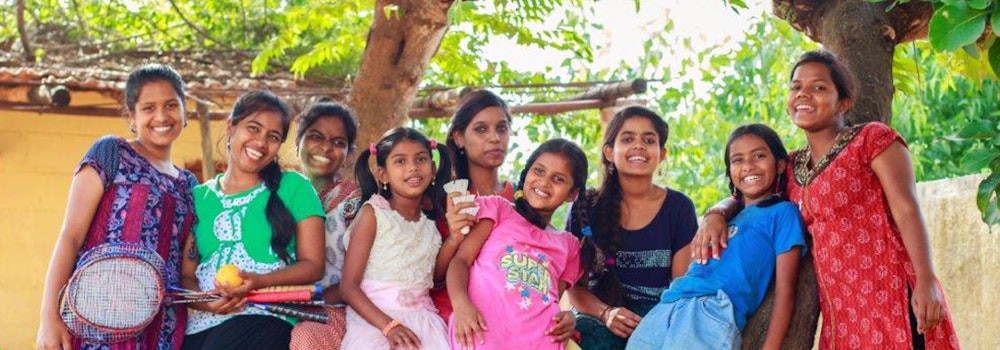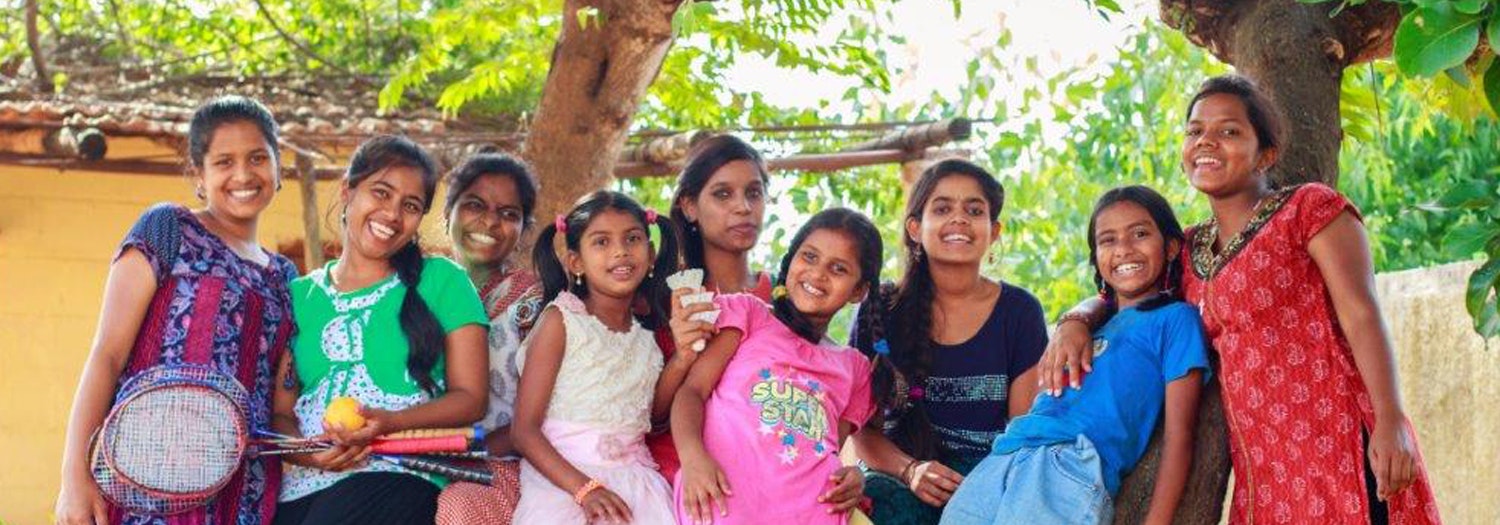Tour Price
Tour Price: $2,600 (for double accommodations)
-
Price is based on minimum group size of 10 and double room accommodations
-
Additional $125 discount if you pay by cash/check
-
Please add $775 if you prefer a single room
Price Includes:
- A personal tour leader, Nanda Mehta, throughout the entire trip and KAP Co-Founder, Linda Floyd, on project visits
- Private English speaking local guides in each region
- All accommodations mentioned in the program for 10 nights, hotel room based on double occupancy, single room upon request
- All transportation within tour will be in private & air-conditioned vehicles
- Entrance fee for all sights mentioned in the program
- All meals specified in the program, including buffet breakfasts and lunches, with a Welcome lunch in Bangalore and special lunches at Sheroes Café, Agra and Farewell lunch (Note: Fixed-price buffet-style dinners at hotels are available for an extra $345 for buffet dinners at hotels.
- Hi Tea/Lunch at Falaknuma Palace followed by walking tour
- Jeep Safari in Bangalore National Park
Price does not include:
- International flight (Group airfare will be available as of April 15, 2020 and is estimated at $1,400 (if paying by check).
- Indian Tourist Visa ($25 online; please wait to purchase until notified)
- Gratuities for guides and drivers which we estimate to be $100 per person (note, we will invoice you separately for this if you wish to participate in group tipping and a tipping guide will be in pre-departure resources)
- Alcoholic beverages
- Personal expenses, including laundry and phone/internet charges
- Travel Insurance, which is highly recommended – visit TravelEx for a quote
HOW TO REGISTER/BOOK:
Simply click the BUTTON in the footer below and register for the tour, and submit a deposit of $500 per person to Global Family Travels above or mail in by check with your signed booking form.
The balance of the trip cost must be paid 8 weeks prior to the trip departure of your deposit and you will receive an invoice from us reminding you of this date.
Please see our full terms and conditions on our booking form which you can find under Trip Tasks, and per below:
Reservation and Trip Deposit: To secure your booking for this trip, please submit a deposit of $500 per person to Global Family Travels, with a signed liability waiver. Trip deposit can be made by credit card or by mailing a check to us (see link to payment instructions above)
Payment Schedule: Payments of the remaining balance can be made on a monthly schedule if the participants wish, however the balance must be paid in full 8 weeks before the program departs.
The deposit is non-refundable unless the program is canceled, at which point the entire deposit is refundable. The balances of program fees paid are refundable as described in advance of the start of the tour:
- Cancellations received before 90 days: 10 % of tour cost
- Cancellations received between 60 - 90 days: 25 % of tour cost
- Cancellations received between 30 - 60 days before: 50 % of tour cost
- Cancellations received less than 30 Days before: No refund








.jpg?fit=crop&crop=entropy&w=600&h=400&auto=format)




























